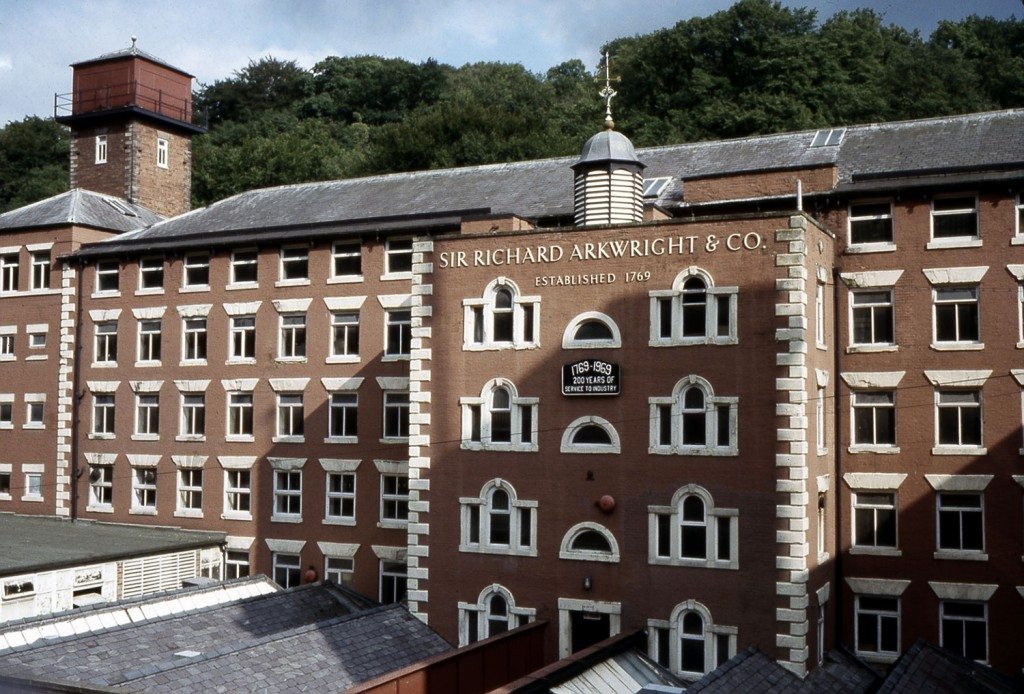Johnson, the Society of Arts and the Transformation of the Cotton Industry
Image: Masson Mill, Matlock Bath, near Cromford, Derbyshire. This factory was built by Sir Richard Arkwright, the man who was responsible for introducing factory production to the cotton industry.
Image from: Photograph by Malcolm Dick
In the 1760s when Johnson was active in the Society of Arts, two prizes were offered by the committee for the best machine that would spin six threads at once. The Society’s unofficial secretary at the time, Robert Dossie, wrote that interest in this invention had been aroused by hearing of Lewis Paul’s unsuccessful attempt some twenty years before. A careful reading of Paul’s patent revealed that his technical difficulty of giving a twist to the yarn had not been overcome. Dossie may well have come by this information through Johnson. Curiously, in order to give Dossie his vote to be a member of the Society, he paid up an arrear which had run on two years (Life, iv: 11). Thus, Brown may be right in his supposition that, if Johnson did suggest making award for spinning inventions, the English cotton industry should be indebted to him for support and encouragement when it was most needed. Without the preliminary experimentation, subsidized by the Society of Arts, Richard Arkwright could not have succeeded in building his composite spinning machine. Despite its failure, the invention of Paul and Wyatt helped to lay the foundations of modern spinning machinery. It was the principle of spinning by rollers, patented by Paul in 1738 and 1758 that was taken up by Arkwright and developed into a commercially successful enterprise.
« Previous in this sectionNext in this section »Continue browsing this section
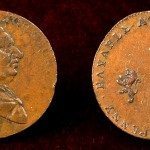 The occurrences of common life: Samuel Johnson, Practical Science and Industry in the Midlands
The occurrences of common life: Samuel Johnson, Practical Science and Industry in the Midlands
 Johnson: Observation and Enquiry
Johnson: Observation and Enquiry
 Johnson and Science
Johnson and Science
 Johnson, the Natural World and Industry
Johnson, the Natural World and Industry
 Johnson, Bridges and John Gwynn
Johnson, Bridges and John Gwynn
 Johnson and Practical Improvement: Iron
Johnson and Practical Improvement: Iron
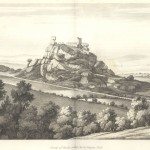 Johnson and the Midlands Landscape
Johnson and the Midlands Landscape
 Johnson and Derby Porcelain
Johnson and Derby Porcelain
 Johnson and Silk Production in Derby
Johnson and Silk Production in Derby
 Johnson in Birmingham
Johnson in Birmingham
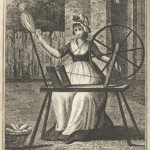 Johnson, John Wyatt and Lewis Paul: Improvements to Cotton Spinning
Johnson, John Wyatt and Lewis Paul: Improvements to Cotton Spinning
 Johnson, the Society of Arts and the Transformation of the Cotton Industry
Johnson, the Society of Arts and the Transformation of the Cotton Industry
 Johnson and John Baskerville
Johnson and John Baskerville
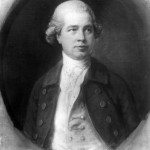 Johnson, John Taylor and Henry Clay
Johnson, John Taylor and Henry Clay
 Johnson and Matthew Boulton
Johnson and Matthew Boulton
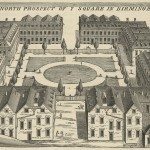 Johnson: “a longer stay”
Johnson: “a longer stay”



